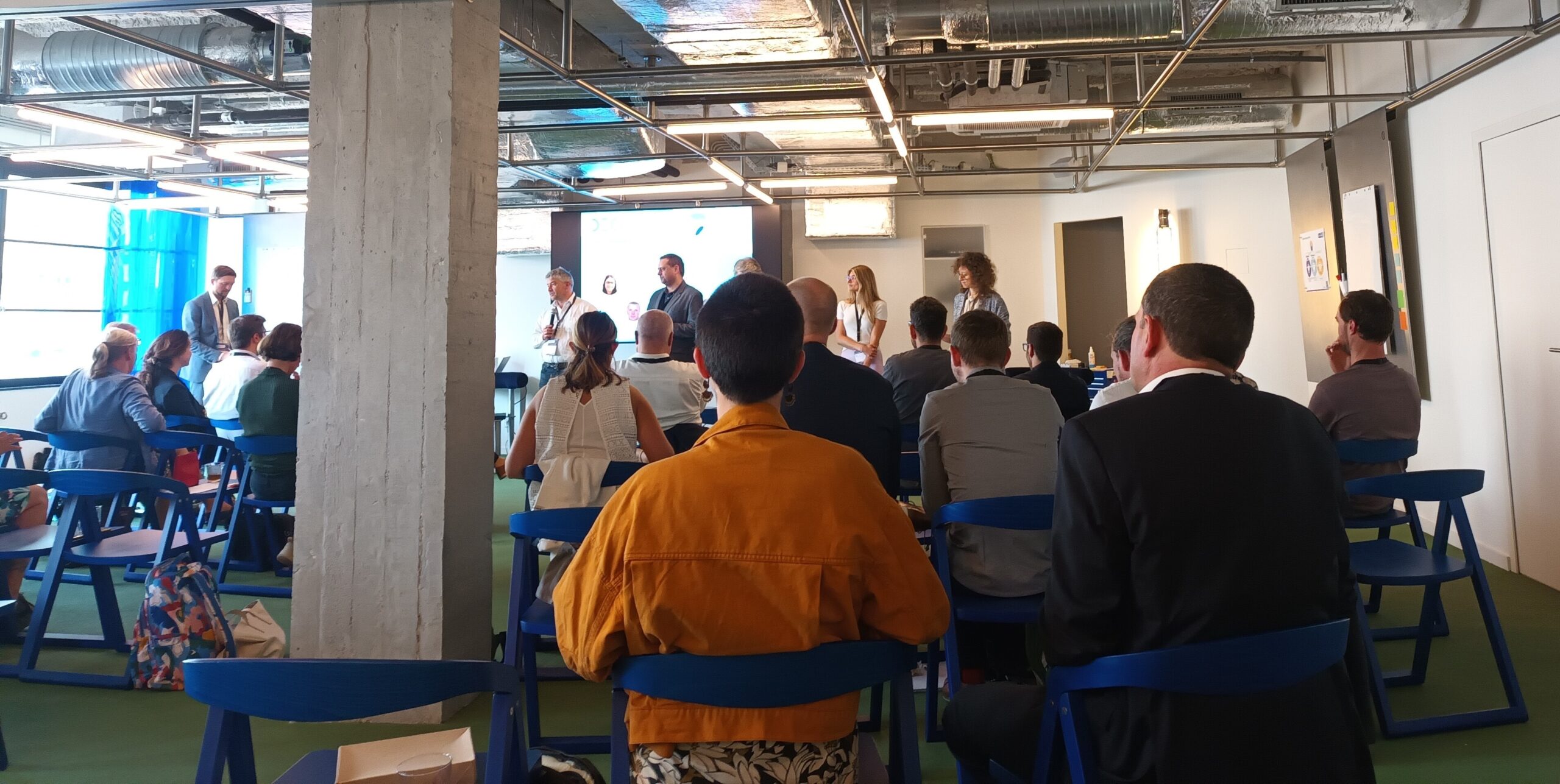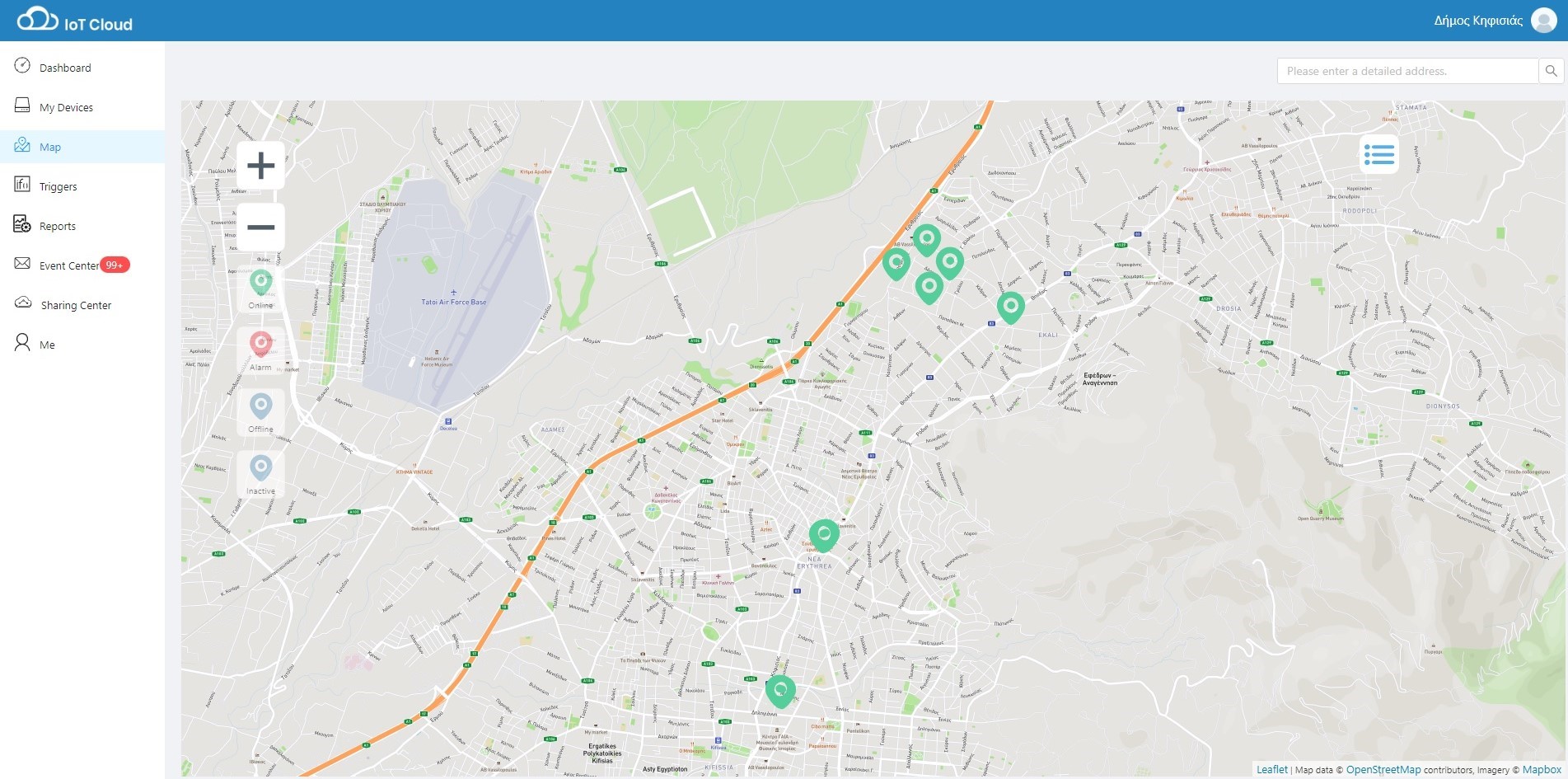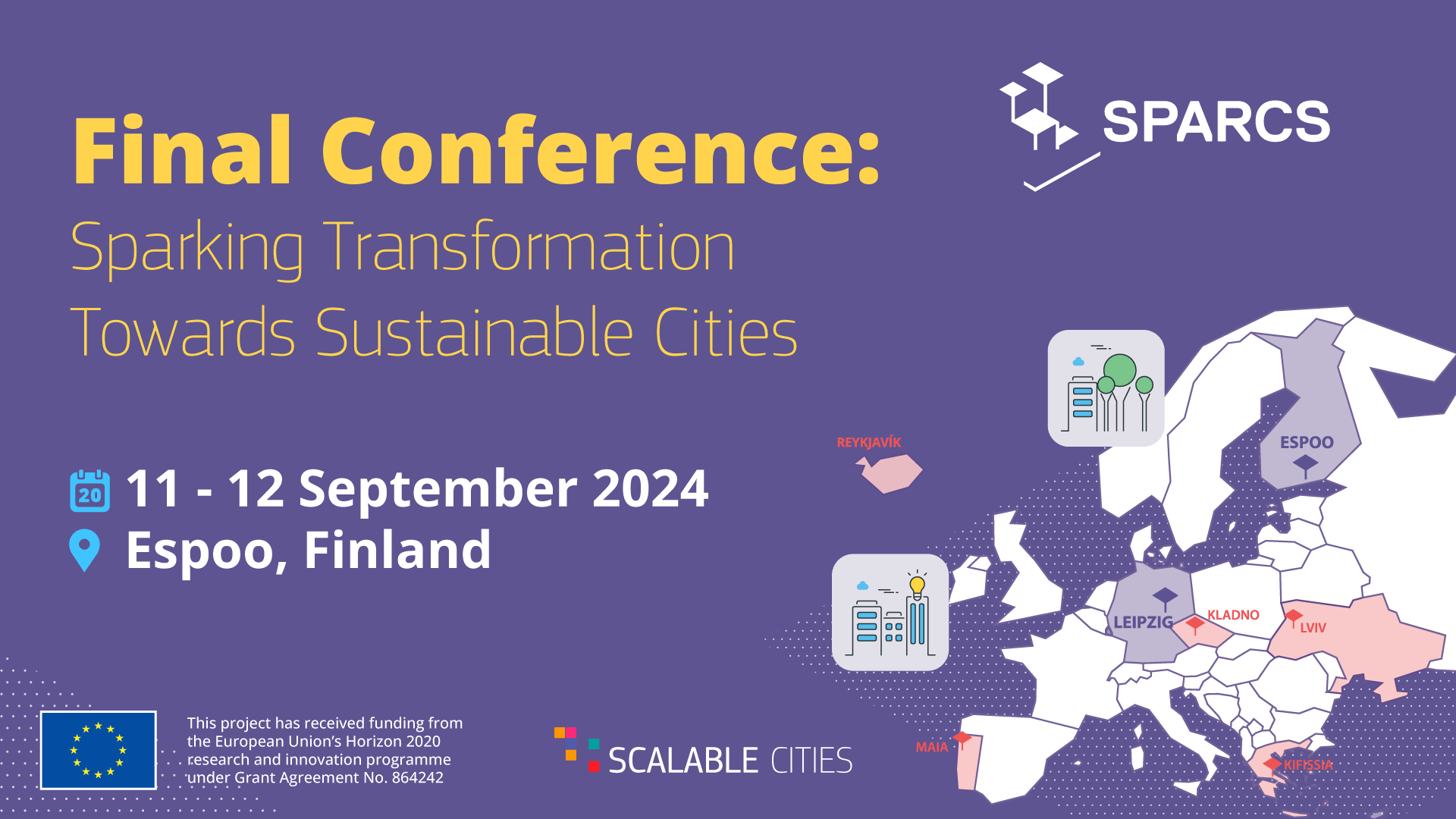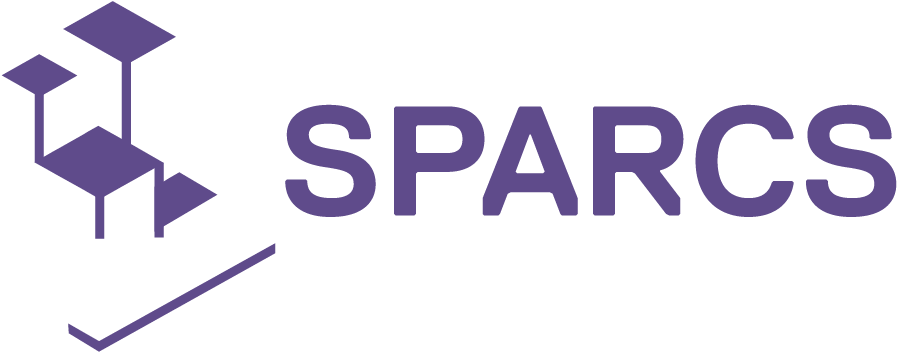Kifissia
Kifissia is a well known for its natural beauties and residential character. Located 12 km from the Greek capital Athens, adopted a Sustainable Energy Action Plan (SEAP) in 2015, outlining activities to be implemented by 2020 and 2030 to safeguard the environment while promoting energy-friendly urban development. In addition, the plan aims at improving the social and economic well-being of the city’s inhabitants while enhancing the local economy and creating jobs. A core objective is to achieve a 40% reduction in CO2 by 2030.
The SPARCS project will support Kifissia in implementing its plan, with access to best practices from the lighthouse cities on the implementation of the range of smart city actions that the project will generate.
GOALS
-
40% improvement in energy efficiency by 2025;
-
20 MW PV installed by 2030 and 32% of energy from RES;
-
Reduction of total CO2 emissions by 40% by 2030, 100% RES potentially by 2050;
-
Energy efficiency refurbishment of buildings: 5 large municipal buildings, 70% of tertiary sector (non-municipal) buildings and 70% of residential buildings by 2030;
-
Public lighting interventions, planning E- mobility integration in energy infrastructure;
-
Promotion of alternative and environmentally-friendly transportation for citizens using bicycles, pedestrian areas.

DISTRICT
The municipality (since 2011) consists of 3 municipal units, the city of Kifissia, Nea Erythraia and Ekali.
Kifissia has a long history, with beautiful historical buildings, and a commercial centre with lots of restaurants, bars and cafes.
Go to Google Maps
Nea Erythraia is a residential municipality with a commercial centre and lively nightlife.
Go to Google Maps
Ekali is a beautiful residential district with lots of green areas and beautiful homes.
Go to Google MapsTOPICS
Urban planning and land use
Create more walking pathways and greener routes around the city, extend the bike routes and ensure better connectivity throughout the municipality.
Energy
Use of Renewable Energy Sources, energy refurbishment and upgrading the energy efficiency of buildings is one of the most important factors to drive down CO2 emissions .
Low-carbon energy production
Transition to clean energy (RES), with use of pv plants or geothermal installations for the energy needs of the municipality.
Mobility
Promote the use of Non Motorised Vehicles and transition to e-vehicles and sharing vehicles will help reduce CO2 emissions and congestion at the city center.
Developing very energy efficient districts
Upgrading the energy efficiency of the private buildings that account for 99% of the total building stock of the Municipality as well as private transportations are the 2 areas with the biggest consumption of energy and the more CO2 emissions.
Citizen participation
Kifissia is predominantly a residential community, and building a sustainable energy mindset and engaging with the citizens will help drive the success and adoption of the initiatives.
ICT
Use of technology to upgrade the information systems and citizen experience across the municipality will have a significant positive impact.
Governance
New intersectoral teams and task forces will enable communication between departments of the municipality and its external stakeholders, and enable the transition to a sustainable greener future.




